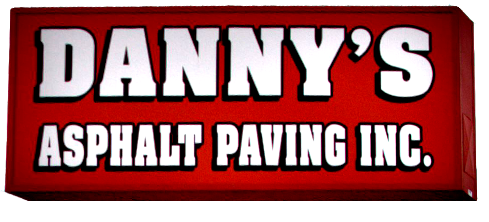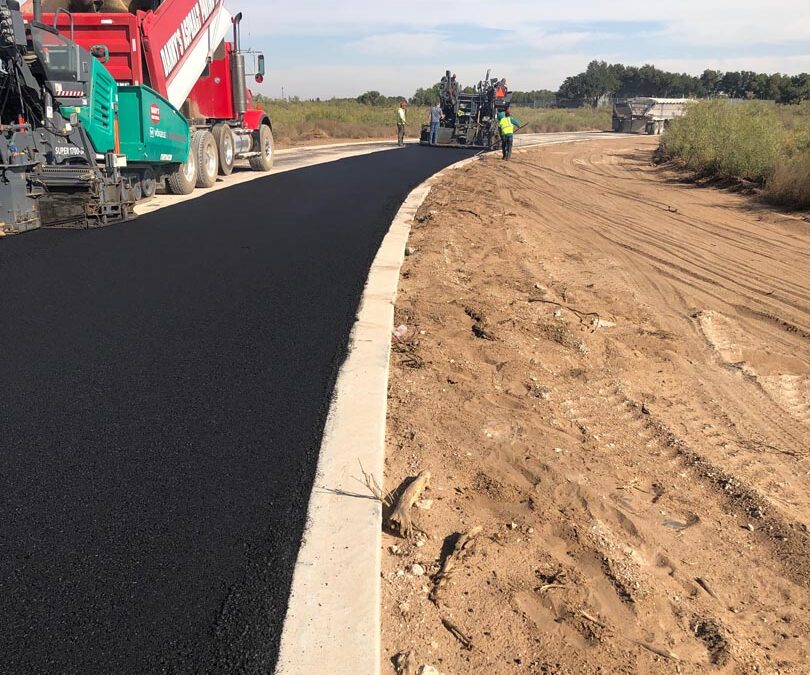7 Pavement Preservation Treatments for Your Asphalt Surface
Are you doing everything within your power to maximize the life of your pavement?
If you’re finding that your asphalt is starting to show signs of wear and tear, it’s critical that you take action before it’s too late and you’re left with all sorts of costly repairs.
Fortunately, there are several popular maintenance techniques that can be used to preserve your asphalt and make it last for as long as possible!
1. Routine Maintenance
Routine maintenance is the most proactive solution for pavement preservation. By having your asphalt inspected by a professional, you’ll be able to catch and address any issues before they evolve into serious problems.
Talk with your local asphalt paving contractor to set up a routine maintenance schedule. This will allow you to stay on top of maintenance needs with very little effort needed on your end.
2. Sealcoating
Sealcoating provides a thin protective layer to help shield your asphalt from the many elements that can wreak havoc on an exposed surface—from vehicles and debris to water, oil, fuel, and other chemicals.
You should aim to have your surface sealcoated at least every three years, and within six months after your surface has been paved, overlaid, or repaired.
3. Crack Sealing
As the term suggests, crack sealing is the process of filling cracks in your asphalt with an adhesive sealant.
This closes up any small openings that are likely to expand, and as a result, prevents moisture and harmful chemicals from penetrating your surface and impacting the foundation.
4. Patching
Not only do potholes detract from your property’s appearance and cause damage to vehicles but they can also leave your foundation susceptible to rapid erosion.
Patching is a maintenance treatment that is often used to fill in these potholes and excavated areas, preventing water from impacting your subgrade and restoring your asphalt’s smooth, level appearance.
5. Overlays
If you’ve neglected maintenance to the point where you now have large cracks and potholes scattered across your asphalt, your best option might be to get a new asphalt overlay for your pavement.
As long as your pavement’s base and foundation remain stable and in tact, you can use a thin overlay to address relatively shallow blemishes in your asphalt or a thick overlay to fill in larger cracks and divots.
6. Slurry Sealing
Slurry sealing, similar to sealcoating, is a popular and versatile preventative maintenance method that provides a layer of protective coating for your pavement.
However, slurry seal differs in that it uses large aggregate for a thicker mixture overall—making it most ideal for long, high-traffic roadways that have begun to lose some of their fine aggregate through natural wear and tear. Naturally, slurry seal is generally more durable and yet more expensive than a traditional sealcoat.
7. Microsurfacing
Microsurfacing is another type of treatment that is similar to both slurry sealing and sealcoating in that it offers an additional layer of protection for an existing surface.
The main difference between microsurfacing and slurry sealing is the way in which the mixtures harden. While slurry sealing requires heat for the mixture’s water to evaporate, a microsurfacing mixture contains chemicals that allow it to harden without the use of heat.


Recent Comments